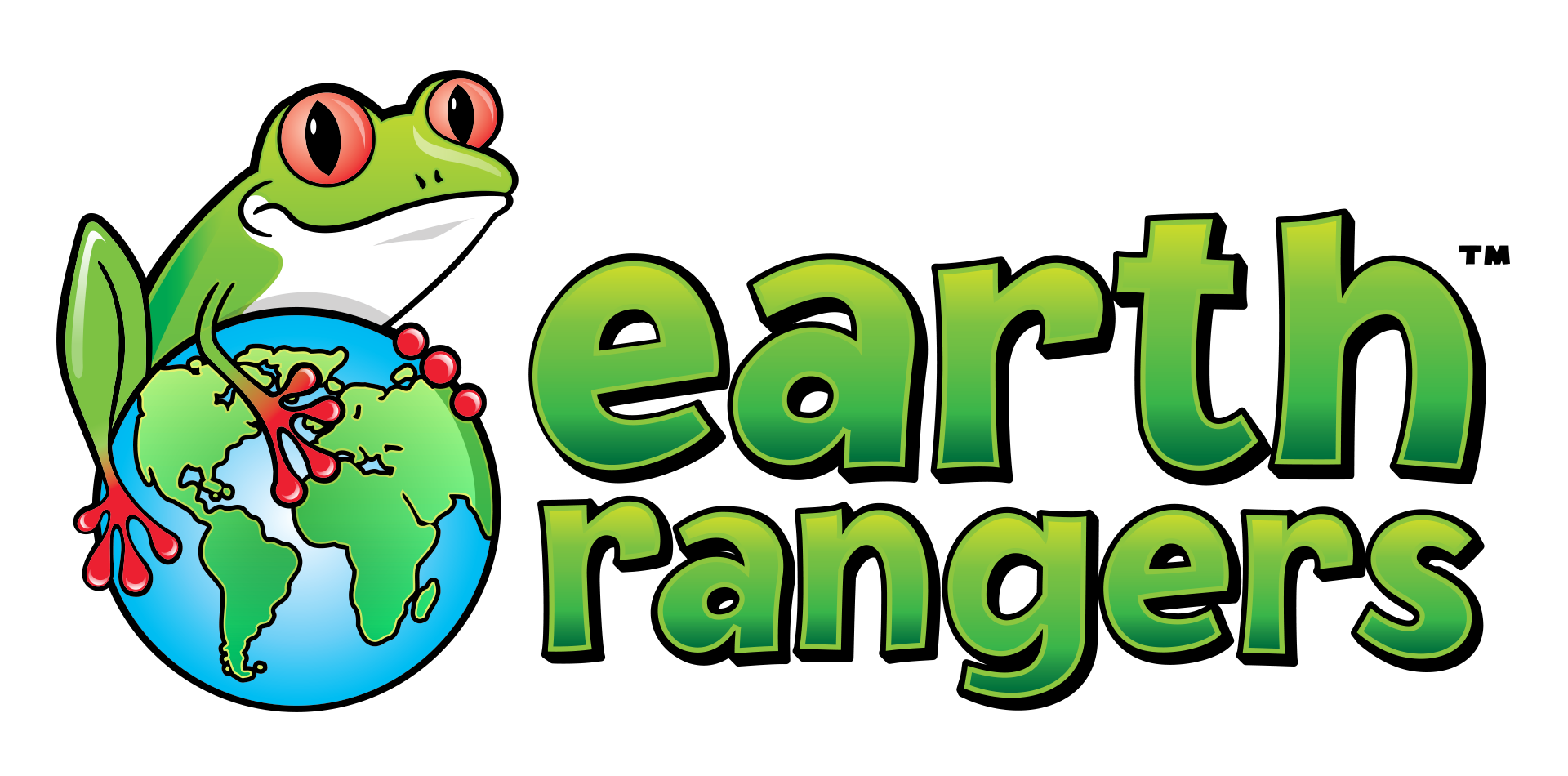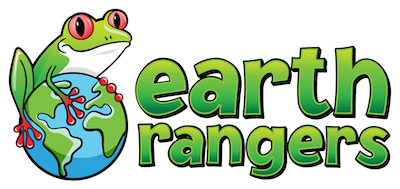The Meadoway is a vibrant, 16-kilometre expanse of urban greenspace and meadowlands that will become one of Canada’s largest linear urban parks. Stretching from the Don River Ravine in downtown Toronto to Rouge National Urban Park, the Meadoway will connect four ravines, 15 parks, 34 neighbourhoods, over 200 hectares of meadow habitat that are home to more than 1,000 diverse species of flora and fauna. Meadow habitats have been in decline throughout Ontario due to the expansion of urban areas, the intensification of agriculture, and the suppression of natural disturbances such as fire. The Meadoway will serve as year-round habitat for some species, while providing a migrating corridor for others passing through, as they fuel up for their journey to warmer over-wintering regions.
How we're helping
Red Fox
Few species are as adaptable to so wide a variety of habitats as foxes. These intelligent animals thrive throughout Canada, from rural countryside to urban backyards. Foxes play a crucial role in our ecosystems, and are more common in the city than people realize. In urban areas, foxes are often found near ravine systems, large grassy fields, and large parks where small mammals—a main staple in their diet—are plentiful. Although they adapt well to a wide variety of environments, undisturbed habitat is important to the species for denning, hunting, and raising their families. Sadly this habitat is decreasing as more homes are being built and urban areas continue to expand, which is why it’s so important that we conserve and restore them.
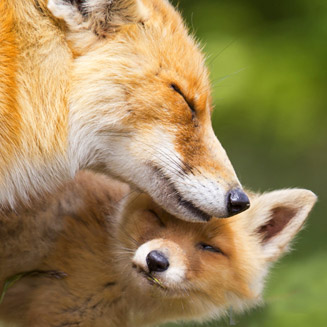

Your adoption will help support work led by the Toronto Region Conservation Authority to restore and create new wildlife habitats in the Meadoway. This will promote the return of native species to the area, using methodologies such as tilling soil, planting native wildflowers and grasses, removing invasive species, cleaning up litter, and creating additional feature such as downed woody debris, nest boxes, and snake hibernacula.
Osprey
The osprey is a fish-eating bird of prey with a cosmopolitan range. Tolerating a wide variety of habitats, osprey will nest in any location near a body of water that can provide an adequate food supply. This beautiful and powerful bird has a number of specialized physical characteristics that help them hunt and catch their prey; for example, ospreys have excellent vision and can detect underwater objects from up to 40 metres the air. They then plunge feet-first into the water, securing their catch with sharp, curved talons. Osprey populations have undergone a resurgence after the banning of the deadly DDT pesticide in 1972, but the species continues to face threats due to habitat disturbance and pollution of waterways.

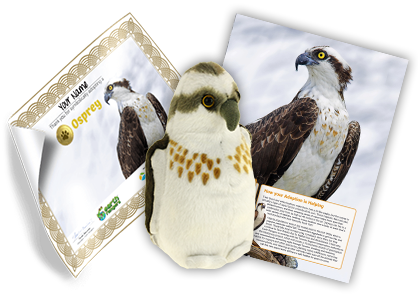
Your adoption will help support work led by the Toronto Region Conservation Authority to restore and create new wildlife habitats in the Meadoway. This will promote the return of native species to the area, using methodologies such as tilling soil, planting native wildflowers and grasses, removing invasive species, cleaning up litter, and creating additional feature such as downed woody debris, nest boxes, and snake hibernacula.
Eastern Milksnake
The eastern milksnake is a non-venomous snake with smooth, shiny scales and a colourful “saddle” pattern along their backs. Eastern milksnakes can be found throughout southern Ontario, as far north as Sault Ste. Marie and Lake Nipissing, and are known to inhabit a wide variety of natural and human-modified habitats including prairies, meadows, pastures, hayfields, rocky outcrops, or forests. Since females may only lay a clutch of eggs every second year, this species is particularly susceptible to population declines due to urban, industrial, and intense agricultural development; persecution; road mortality; disturbance from human recreation; predation by domestic animals; and collection for the pet trade.

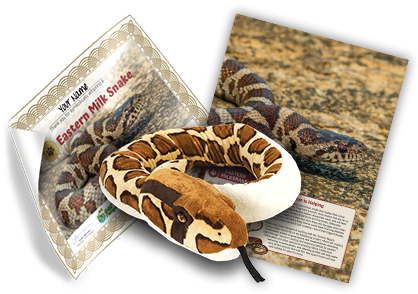
Your adoption will help support work led by the Toronto Region Conservation Authority to restore and create new wildlife habitats in the Meadoway. This will promote the return of native species to the area, using methodologies such as tilling soil, planting native wildflowers and grasses, removing invasive species, cleaning up litter, and creating additional feature such as downed woody debris, nest boxes, and snake hibernacula.
In partnership with:
To learn more, visit www.foundation.trca.ca/support/themeadoway
